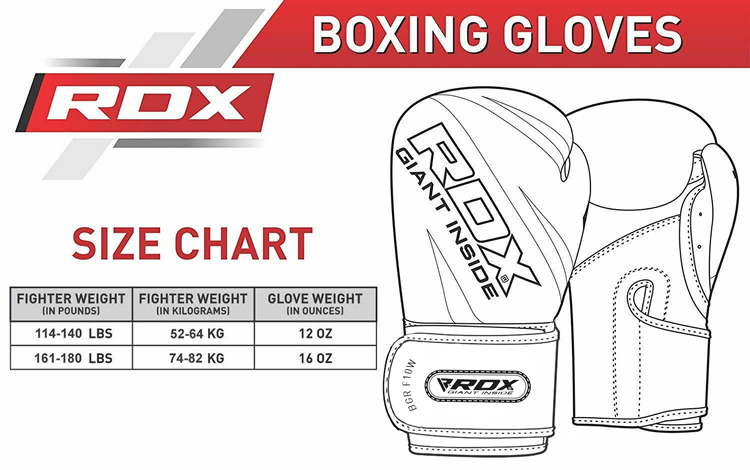

When I’m perfectly height and weight proportionate, my bust is larger than my hips by nearly three inches, I’m the reverse of the survey proportions (B:+12 W:0 H:+9). I’ll use myself as an example to explain how gaining weight changes the proportions of a body. For the sake of argument, I’ll concede that a size zero -based on survey responses- is 35″ -and people wonder why we have minus sizes? It seems clear to me that we’re sizing to divergent expectations and have had to create new minus sizes for the tiny girls. I can tell you right now that the hip of the size 0 is still too large.

This is how sizes play out, the proportion being Bust is 8″ larger than the waist, waist is zero and hip is 12″ larger than the waist (B:+8 W:0 H:+12) : Out of kindness we’ll disregard that the size 12 is jumping 2″ in bust and 2 to 3 inches in waist measurements over the ten because this weakens consumer arguments. Question: having this information, do you agree it is ideal that we use the majority opinion to determine sizes? If so, let’s filter this backwards using the example of the size 10 for the basis. The outliers (weight of 170 pounds!) is very telling. Weight is also a repeat, our average is still 140 but the weight span has increased to a 35 pound spread. Our height range has increased an inch but the median is the same height as the 10. The results for the size 12 show the same pattern except we’re waffling on waist size, it’s 30″ to 31″.

Here’s a rundown of responses for size 12: Yes, I realize that responses grouped by correspondent rather than aggregates will better illustrate shaping differences, maybe I’ll write more about that tomorrow. Consumers often claim that only X percentage is an hourglass but aggregating responses shows the clear pattern. Also note we still have a rough hourglass proportion (slightly bottom heavy) at work. The figure height varies three inches and her weight spread is 30 pounds. In order to size to consumer expectations, one would need to cut a 10 to fit a range of five inches for the bust, seven inches for the waist and another five inches for the hip. She’s five foot five or six inches tall and weighs 140 pounds. If majority rules, a size 10 has a 36″ bust, 28″ waist and a 40″ hip. The majority is in dark green significant measures (over 10%) are in light green: Seriously, here’s a rundown of responses for size 10. As soon as you all can come to agreement on measurements is when we’ll start sizing to meet your expectations. Which begs the question: if consumers can’t agree on the measures that constitute a size 10 or 12, how can manufacturers be expected to size according to consumer expectations? I’m going to go out on a limb here and speak for the community by saying we’ll make you a deal. Namely that measurements are all over the map. Results of the survey (thank you!) showed pretty much what I expected. Apparently, an alternative title to follow up with yesterday’s entry is Size is a matter of opinion pt.2 (see part one if you missed it).


 0 kommentar(er)
0 kommentar(er)
